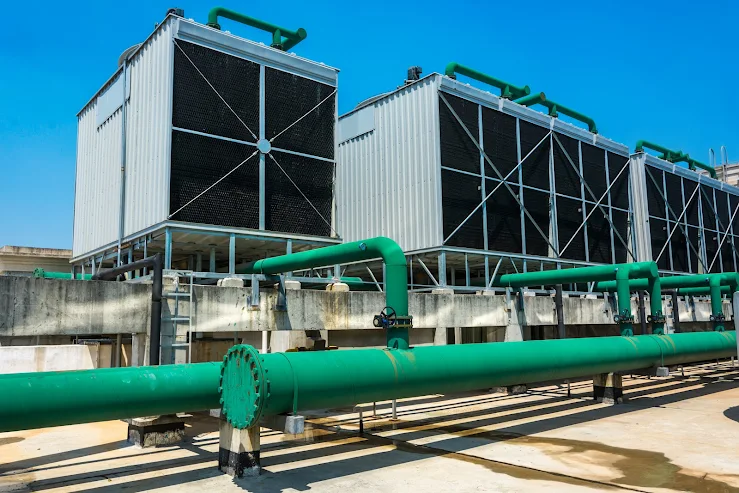Is a Flexible Duct Suitable for HVAC Use?
The kind of ductwork you select is important for HVAC (heating, ventilation, and air conditioning) systems. Flexible ductwork, often known as flex duct, is one alternative. Does it work well for HVAC use, though? Consider the benefits, drawbacks, and best practices.
Flexible Duct: What Is It?
Flexible ducts are a kind of ducting material consisting of an exterior layer of protective material, usually metalized polyester, and an insulating layer covering a plastic inner core. Typically, wire is used to strengthen these ducts and provide them with strength and flexibility.
Advantages of Flexible Duct:
1. Flexibility and Simplicity of Installation:
- Flex duct's flexibility is its main benefit. This facilitates installation, particularly in confined locations where installing rigid ducting would be challenging or impossible.
- Labor costs are decreased because installations are frequently faster and require less specialized gear.
2. Economical:
- In terms of material and installation costs, flex ducts are typically less costly than rigid ducts.
- The reduced starting cost may be alluring for projects with tight budgets.
3. Reduced Noise:
Flexible duct insulation can reduce airflow noise, making it operate more quietly than some rigid ducts.
4. Lightweight:
Flexible ducts are easy to handle and move during installation because of their lightweight design.
Cons of Flexible Duct
1. Airflow Resistance:
- The airflow efficiency of flexible ducts may be lower than that of rigid ducts due to their increased rate of friction.
- The inside surface of the HVAC system may perform less well because of the increased resistance to airflow caused by the corrugated surface.
2. Issues with Durability:
- Due to their increased vulnerability to rips and kinks, flex ducts can suffer substantial reductions in performance and longevity.
- Over time, they may also begin to sag, which could result in additional airflow difficulties and possible obstructions.
3. Difficulties with Installation:
- Although flexible ducts are simpler to install, incorrect installation might cause problems with performance. If they are not well supported, they may droop or bend too much, hindering airflow.
- Long runs and tight turns can increase inefficiency and airflow resistance.
4. Issues with Maintenance:
Flex ducts can be more difficult to maintain and clean than rigid ducts. Because of their flexibility, they can collect more dust and dirt, making routine maintenance more difficult.
The Best Ways to Use Flexible Duct
1. Correct Sizing:
Make sure the flexible duct is the right size for the particular application and the HVAC system. Incorrect size can worsen airflow problems.
2. Proper Support:
- Install flexible ducts with enough support to stop sagging.
- Place hangers or straps every 4 feet (1.2 meters) for maximum resistance reduction and to maintain the ducts taut.
3. Optimise Bends:
- To lessen airflow resistance, try to minimize the number of bends and keep them as soft as possible.
- Steep turns should be avoided since they can seriously obstruct airflow.
4. Safe Links:
To prevent air leaks, ensure that every connection is firmly fastened and sealed, using the proper sealant tapes and clamps.
5. Continual Upkeep:
- Maintaining the ducts' cleanliness and debris-free condition requires routine maintenance and inspections.
- Look for any indications of deterioration and replace or repair any damaged pieces right away.
Conclusion
In certain situations, flexible ductwork might be a good choice for HVAC systems. It is attractive for many applications due to its noise reduction benefits, affordability, and ease of installation. It does have certain disadvantages, though, like higher airflow resistance and possible durability problems. Proper installation and maintenance are essential for optimum performance. Flexible ducts can be a useful addition to your HVAC system when utilized properly. Still, their selection and installation must take into account the particular needs and limitations of your project.

